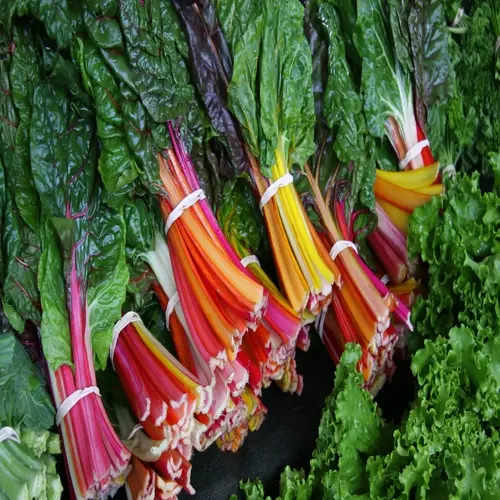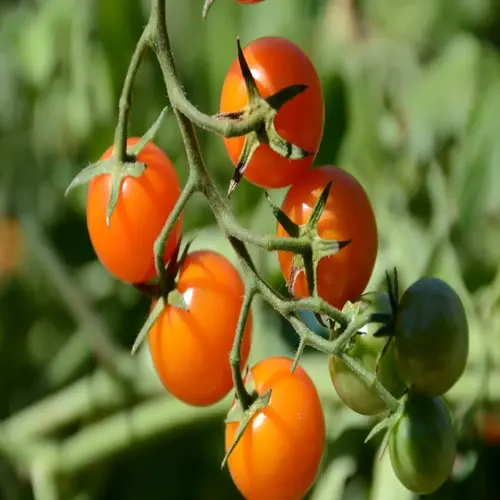How to improve clay soil drainage?

Written by
Paul Reynolds
Reviewed by
Prof. Martin Thorne, Ph.D.By enhancing drainage in clay soil, you not only minimize waterlogging and rotting problems, but also promote better growth. Heavy clay particles can be compacted so tightly that minimal water movement occurs. I was able to save my waterlogged garden using techniques that create air pockets and water channels, allowing the soil to dry out. Your plants will flourish as long as there is sufficient drainage of excess moisture from the root zones.
Organic Matter Incorporation
- Add coarse compost or wood chips annually
- Mix materials into top 12 inches of soil
- Creates pore spaces for water movement
- Apply 3-4 inches per 100 sq ft each season
Raised Bed Construction
- Build beds 8-12 inches high with wooden frames
- Fill with 60% native soil and 40% compost mix
- Slope sides gently for water runoff
- Separate beds with gravel paths for drainage
Cover crops, such as daikon radish, will naturally create deep drainage channels. Taproots can typically penetrate compacted layers to a depth of approximately 24 inches. I plant after late summer or fall and leave the roots in the soil over the winter. Your soil naturally builds vertical pathways for water movement without mechanical disturbance.
Enforce strict no walk zones to avoid compaction, particularly when the soil is wet. Create narrow beds that are accessible from paths. My garden has 3-foot-wide beds with 18-inch gravel paths. Your soil will retain a pore structure when not under pressure.
Keep an eye on drainage progress with simple tests. Dig a post hole at least 18 inches deep, fill it with water, and time how long it takes to drain. I do this on an annual basis to monitor progress from 48 hours to 12 hours. Your observations will indicate what adjustments are needed with your amendments.
Incorporate methods for repeated gains. Use the raised beds and include organic matter underneath. My garden has improved greatly with this method. Your all-inclusive solution addresses both surface drainage and subsoil drainage.
Read the full article: How to Improve Clay Soil: Essential Steps

